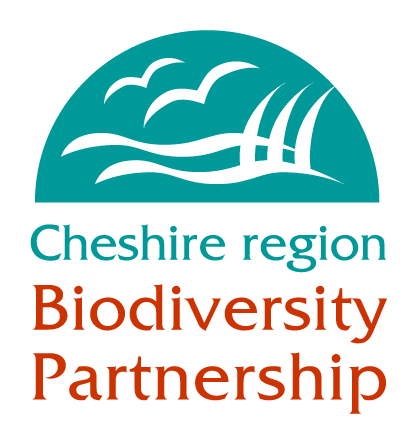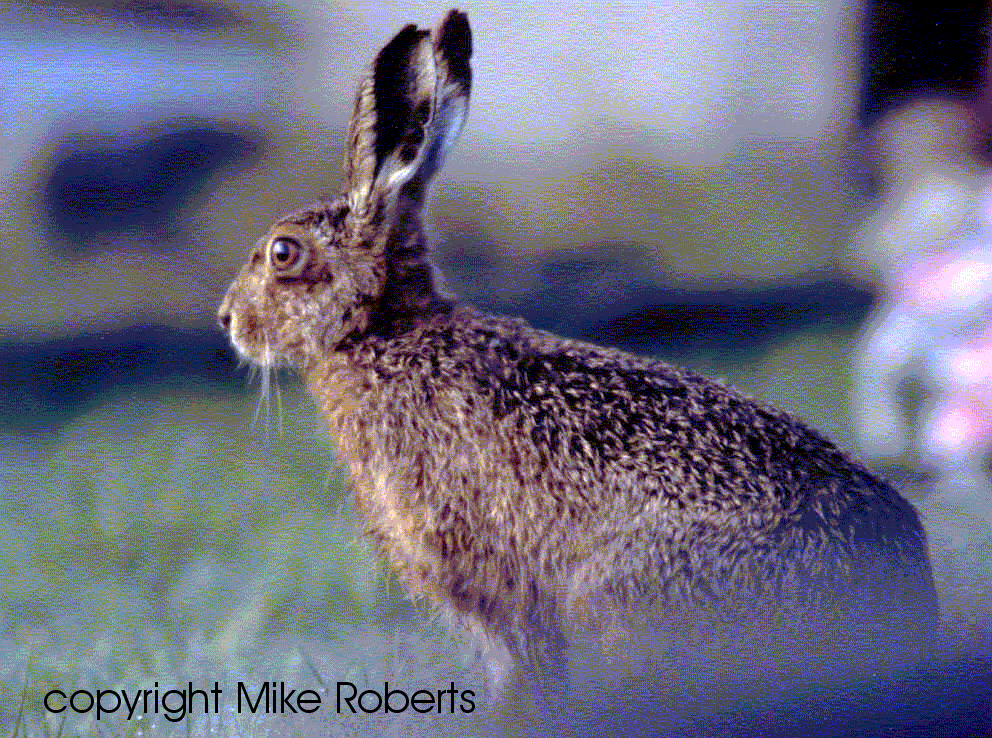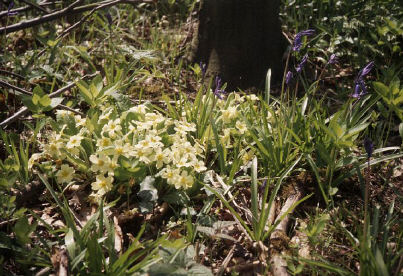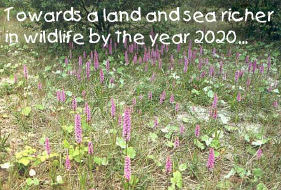
 |
WELCOME TO CHESHIRE BIODIVERSITY
|
|
| HOME | INTRODUCTION | SPECIES | HABITATS | PARTNERS | WHAT'S NEW | WHAT'S ON | OTHER INFO |
BIODIVERSITY is a term which means the VARIETY OF LIFE on Earth, everything from algae to elephants, bacteria to blue whales! This amounts to something between 5 and 30 million species!
Biodiversity also encompasses the GENETIC VARIATION WITHIN SPECIES and VARIATION BETWEEN ECOSYSTEMS AND HABITATS in which these species live.
We should also remember that the HUMAN SPECIES in all its variety and the DOMESTICATED plants and animals that we have ADAPTED to our needs are also a very INFLUENTIAL part of the planet's biodiversity.
The term 'biodiversity' was first used by zoologist E. O. Wilson to summarise the phrase 'biological diversity' when trying to explain the variety of life around (and including) us.
Biodiversity has the same meaning as nature and includes common plants and animals as well as those that are rare.
An audit in financial terminology is strictly an official examination of a business' accounts. The term has been adapted here to accommodate the evaluation of biodiversity - habitats and species instead of pounds and pence. So the biodiversity audit acts rather like an inventory, a list of things that we know exist, and this is a very important baseline from which to make future decisions. Rather like a business, our audit sometimes does not have all the information that is required and it will most certainly change from year to year. Without our annually updated biodiversity audit we would never know if wildlife was in profit (more than last year) or deficit (less than last year).
 |
 |
The Biodiversity Audit for the Cheshire region is the first contribution to THE COUNTDOWN PROGRAMME. This eighth edition will enable Countdown 2005 to continue the process which began in Countdown 1997 and on which we have all embarked as we enter the 21st century. It is envisaged that the biodiversity audit will require updating every year to complete the vision for the year 2020.
You will be able to make your contribution to the process and assist in the conservation of wildlife in your area.
In June 1992, over 150 Heads of State or Government signed the CONVENTION ON BIOLOGICAL DIVERSITY at the United Nations Conference on Environment and Development at Rio de Janeiro, now more commonly known as the RIO EARTH SUMMIT.
In the Prime Minister's own words:
"We had to take action to halt the worldwide loss of animal and plant species and genetic resources. The way to do this was for each country to take responsibility for saving and enhancing biodiversity within its borders and we agreed to draw up national plans and programmes." (John Major, 1996).
The UK Government set up a BIODIVERSITY ACTION PLAN STEERING GROUP made up of multi-sector representatives to produce lists of the most THREATENED AND DECLINING BRITISH SPECIES AND HABITATS together with a range of costed targets for their conservation. In parallel, six of the leading environmental charities were working to stimulate the Government action and produced the first edition of "Biodiversity Challenge - an agenda for conservation in the UK" in December 1993.
In early 1994, the Government published "Biodiversity: the UK Action Plan" which was described as "a tentative though valuable step in the right direction" (Wynne et al, 1994). This was followed a year later by the enlarged section edition of "Biodiversity Challenge".And in December 1995 the eagerly awaited "BIODIVERSITY: THE UK STEERING GROUP REPORT" was published in two volumes. In April 1997, official guidance on the production of LOCAL BIODIVERSITY ACTION PLANS (LBAPs) was produced by the UK Local Issues Advisory Group. These guidance notes (1-4) are entitled 'An Introduction', Developing Partnerships', 'How Local Biodiversity Action Plans relate to other Plans' and 'Evaluating priorities and setting targets for habitats and species', respectively.
These documents have gained widespread support throughout all sectors with an interest in wildlife conservation. What these national audits and strategies give us is a BASELINE of which species and habitats are at CRITICAL POSITION NATIONALLY, which enables us to PRIORITISE OUR CONSERVATION ACTION LOCALLY.
| The following tranches of species were produced in 1998: Volume 1 - Vertebrates and Vascular Plants Volume 2 - Habitats Volume 3 - Plants and Fungi Volume 4 - Invertebrates Volume 5 - Maritime Species and Habitats Followed in October 1999 by: Volume 6 - Terrestrial and Freshwater Species and Habitats |
 |
In 2002, ten years after the original Rio Earth Summit, the World Summit on Sustainable Development met in Johannesburg. The meeting determined that, globally, we must "significantly reduce biodiversity loss by 2010". This means that we have less than six years to demonstrate that we can halt and reverse the current rate of loss of habitats and species in the Cheshire region.
The idea is that by carrying out a local biodiversity audit and prioritising our wildlife conservation work, we become much more knowledgeable about the whole of our local biodiversity and can safeguard it better for future generations, one of the fundamental principles of the concept of SUSTAINABILITY.
In theory, the process is a very simple one, with five stages:
1. Carry out a local biodiversity AUDIT of habitats and species.
2. Compare the results with the national lists and set local PRIORITIES.
3. Set meaningful, realistic, measurable TARGETS for those priority species and habitats.
4. Draw up local Biodiversity Action Plans - BAPs - for these priority species and habitats and implement them through local ACTION.
5. Carry out regular MONITORING.
In practice it can be more complex but is demonstrably achievable. It should be possible to adapt similar simple methodologies to all the habitats and species which come forward from the biodiversity audit as those which require conservation priority. For an example, read our case study of the Local Biodiversity Action Plan for the Otter.
 When will it be done by?
When will it be done by?The Countdown Programme will run for 23 years from 1997, hence the 2020 Vision.
It is proposed that the biodiversity audit will be reviewed each Countdown year with feedback from Local BAP Action Groups and individuals added each time. Ultimately it is hoped to have 100 species BAPs and 20 habitat BAPs written and implemented by 2020 so there is lots of work still to do.
One of the most exciting things about local biodiversity action planning is that there is a role for EVERYONE to play. Whether it is by being involved in a BAP Action Group, operating at the decision making level. Or doing practical conservation work on your own or with a local team like tree planting, nest box building or digging ponds. You can be a part of biodiversity action planning.
This is the eighth Countdown document and it continues the programme of local wildlife conservation supported by the actions of the UK Government at the Rio Earth Summit of 1992. With many of our native species in serious decline this may be their last chance for survival into the next millennium. With your help they will still be there in our Vision in 2020. When you have read the document you might find ideas forming in your mind about what your contribution could be.
There are many ways you can get involved :
What happens next is largely up to you. You will find lots of support amongst the many wildlife conservationists in the Cheshire region.
| HOME | INTRODUCTION | SPECIES | HABITATS | PARTNERS | WHAT'S NEW | WHAT'S ON | OTHER INFO |
|